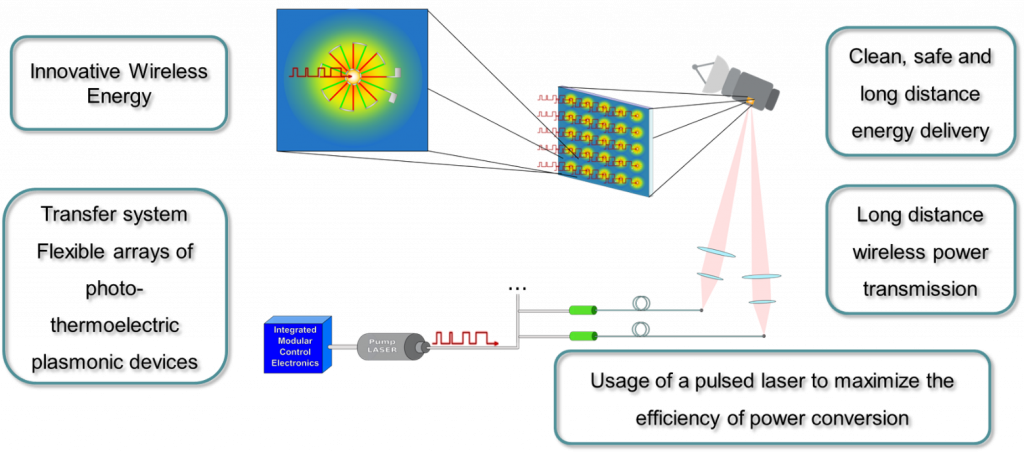Micro and Nanosatellites (often referred to as CubeSats) are revolutionizing the paradigm of engineering and space exploration in the last years, in several areas such as weather information and climatic research, multimedia communications, telephone and television, data distribution, transportation and logistics, navigation, safety, security, and rescue. The field of CubeSat is being pointed out as one of the emergent technological markets and it is expected to reach $6.35 billion by 2021, with a CAGR growth of 37.91% in the 2017-2021 period.
With advances in CubeSat technologies, the energy demand in this market segment has also increased dramatically, requiring larger deployable solar arrays, lower power electronics, efficient energy storage systems and further energy transfer/harvesting systems.

The WiPTherm project will design, implement and pilot an innovative Wireless Energy Transfer (WET) system, able to wirelessly recharge the energy storage components used in CubeSat technologies. The WiPTherm technology consists of a pioneering, clean, easy and cheap solution for energy transfer. The energy harvesting system comprises dozens of microarrays of 2D thermoelectric generators, resulting in a photo-thermoelectric plasmonic (HPTP) system that has the ability to convert photon energy into electrical energy (via thermal gradient). The wireless thermal stimulation will be performed through a large-range pulsed high power laser beam capable of operating at large distances.
